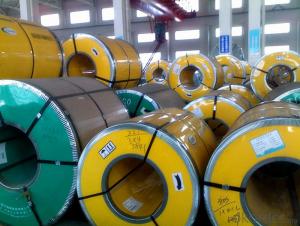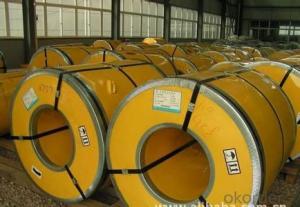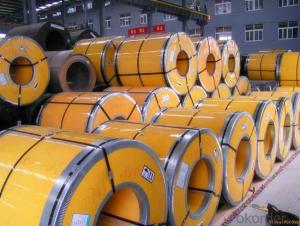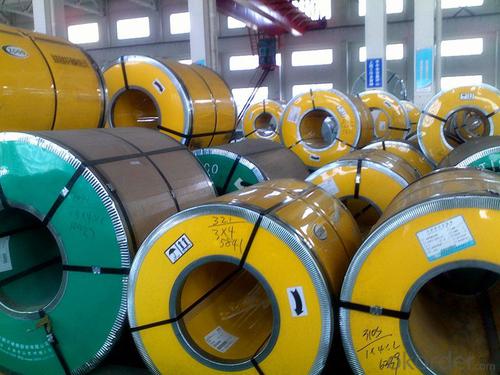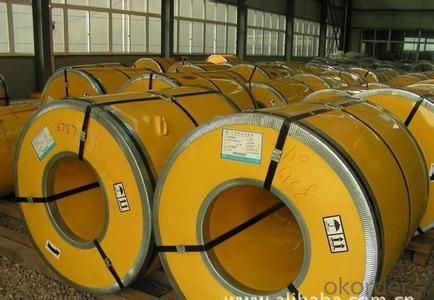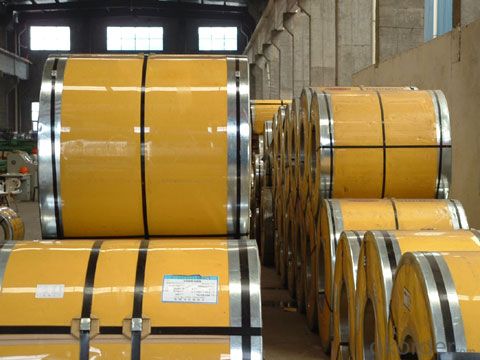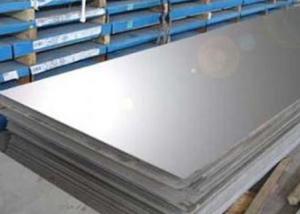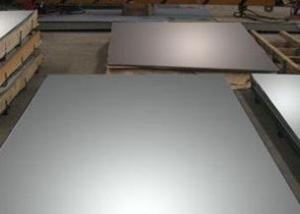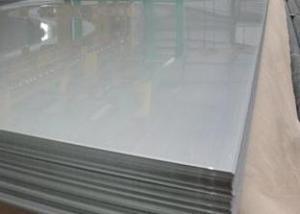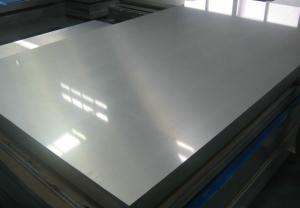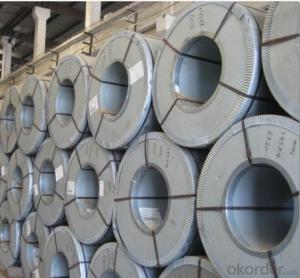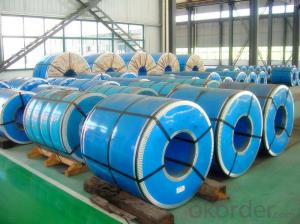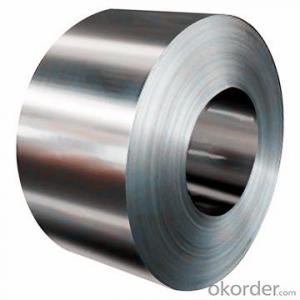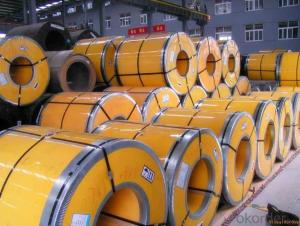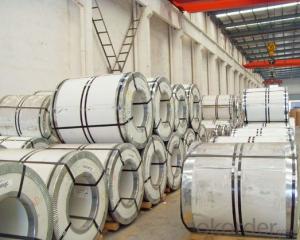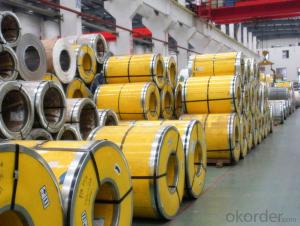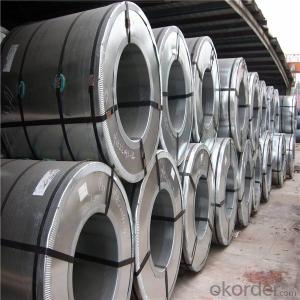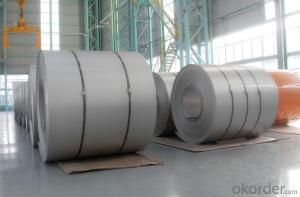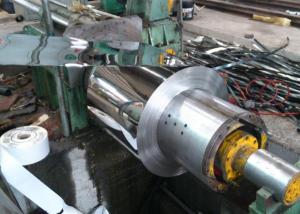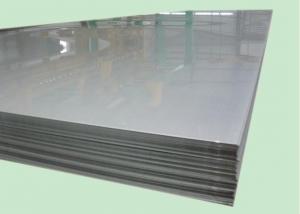Hot / Cold Rolled Stainless Steel Coil 304 / 301 / 316
- Loading Port:
- Tianjin
- Payment Terms:
- TT OR LC
- Min Order Qty:
- 20 m.t.
- Supply Capability:
- 4000 m.t./month
OKorder Service Pledge
OKorder Financial Service
You Might Also Like
Hot rolled & Cold rolled Stainless Steel Sheet/ Coil 304/ 316/ 304L/ 316L
Product details:
Item | 304/ 301/ 316 stainless steel coil manufacturer |
Technical | Hot rolled and cold rolled |
Standard | ASTM A240,GB/T3280-2007,JIS4304-2005,ASTM A167,EN10088-2-2005,etc |
Surface | 2B,2D,BA,NO.1,NO.4,NO.8, 8K, mirror ,checkered ,embossed ,hair line, sand blast, etching, etc |
Thickness | 0.01~30mm |
Width | 1000mm,1219mm,1500mm,1800mm,2000mm,2500mm,etc |
Package | Standard export package, suit for all kinds of transport, or as required |
MOQ | 20mt |
Export to | Ireland,Singapore,Indonesia,Ukraine,Saudi Arabia,Spain,Canada,USA, Brazil,Thailand,Korea,Iran,India,Egypt,Malaysia,Dubai,Viet Nam,Peru,Mexico,South Africa,Kuwait,Oman,Russia,etc |
Container Size | 20ft GP:5898mm(Length)x2352mm(Width)x2393mm(High) 40ft GP:12032mm(Length)x2352mm(Width)x2393mm(High) 40ft HC:12032mm(Length)x2352mm(Width)x2698mm(High) |
Application | Stainless steel coil applies to construction field, ships building industry, petroleum, chemical industries, war and electricity industries, food processing and medical industry, boiler heat exchanger, machinery and hardware fields. Stainless steel coil can be made according to the customers requirements. |
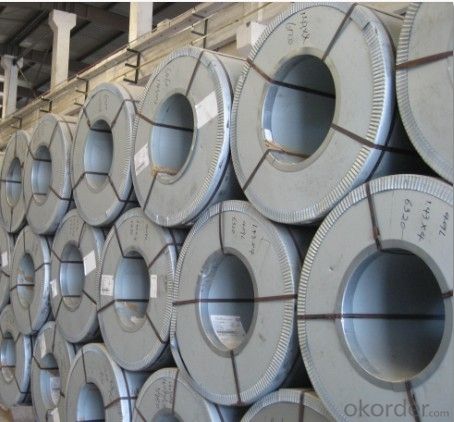
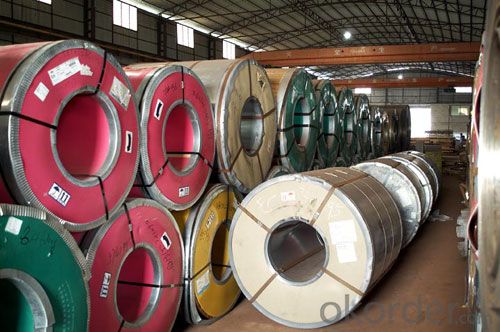
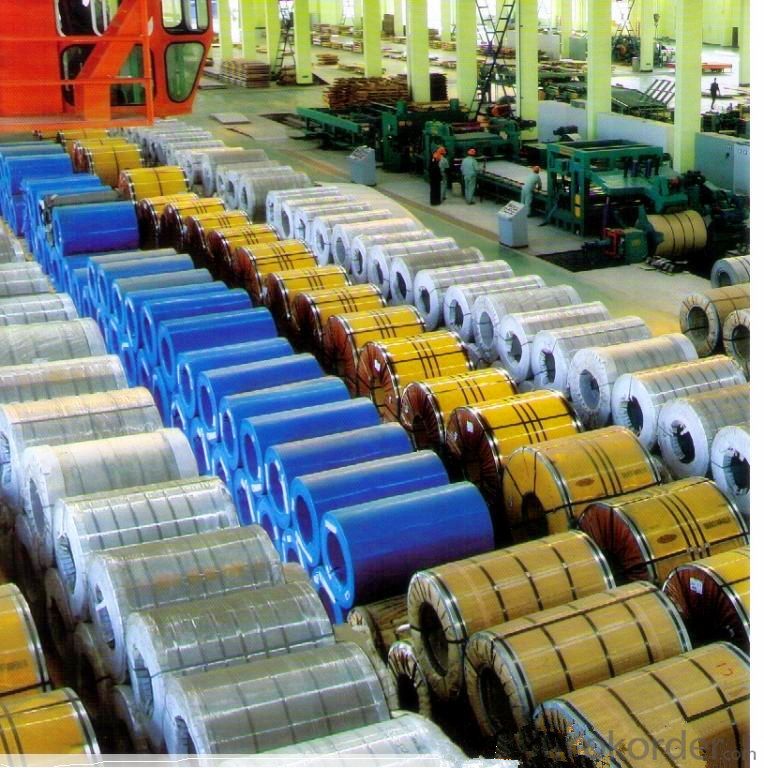
- Q: Can 111 stainless steel strips be formed into complex shapes?
- Yes, 111 stainless steel strips can be formed into complex shapes. Stainless steel is a highly versatile material that is known for its excellent formability. It can be easily bent, shaped, and manipulated into various complex geometries. The number of strips, in this case being 111, does not limit the ability to form complex shapes. The process of forming stainless steel strips into complex shapes may involve techniques such as bending, rolling, stamping, or welding, depending on the desired final shape. With the right tools, expertise, and techniques, stainless steel strips can be transformed into intricate and complex shapes for various applications in industries such as architecture, automotive, aerospace, and more.
- Q: Can stainless steel strips be used for heat sinks?
- Indeed, heat sinks can make use of stainless steel strips. Stainless steel possesses commendable thermal conductivity, enabling efficient heat transfer. Moreover, stainless steel exhibits remarkable corrosion resistance, rendering it a robust choice for heat sink purposes. Nevertheless, it is worth mentioning that stainless steel boasts lower thermal conductivity in comparison to widely employed materials such as copper or aluminum, typically employed for heat sinks. Thus, stainless steel strips might prove less efficient than alternative materials in dissipating heat in high-power applications.
- Q: What is the difference between annealed and tempered stainless steel strips?
- The main difference between annealed and tempered stainless steel strips lies in their mechanical properties. Annealed stainless steel strips are soft and ductile, making them easier to form and manipulate. On the other hand, tempered stainless steel strips undergo a heat treatment process that increases their strength and hardness, making them more resistant to wear, corrosion, and deformation.
- Q: Can stainless steel strips be used in heat-resistant furnaces?
- Yes, stainless steel strips can be used in heat-resistant furnaces. Stainless steel has excellent heat resistance properties, making it a suitable material for use in high-temperature environments such as heat-resistant furnaces. It can withstand high levels of heat without warping or losing its structural integrity, making it a reliable choice for such applications.
- Q: How do you prevent microbiologically influenced corrosion of stainless steel strips?
- Microbiologically influenced corrosion (MIC) poses a common problem across various industries, including the corrosion of stainless steel strips. To maintain the integrity of these strips and prevent MIC, it is possible to implement several preventive measures: 1. Opt for Resistant Stainless Steel: Select stainless steel grades that exhibit resistance to MIC, such as 316L or higher-grade alloys. These alloys contain higher levels of molybdenum, which enhances their ability to resist microbiological corrosion. 2. Ensure a Smooth Surface Finish: Guarantee that the stainless steel strips possess a polished and smooth surface finish. Rough surfaces provide crevices and pits that facilitate the thriving of microorganisms and the initiation of corrosion. Consistent cleaning and polishing help maintain surface smoothness. 3. Regular Cleaning and Maintenance: Consistently clean and sanitize the stainless steel strips to eliminate any biofilms or organic matter that may harbor microorganisms. Employ industry-approved cleaning agents and techniques to eradicate potential sources of microbial growth. 4. Employ Biocide Treatments: Apply suitable biocides or antimicrobial coatings to the stainless steel strips. These treatments can impede the growth of microorganisms and prevent corrosion initiation. However, it is crucial to choose biocides that are compatible with stainless steel to avert any adverse reactions. 5. Control the Environment: Maintain appropriate environmental conditions by regulating temperature, humidity, and the presence of corrosive chemicals. Microorganisms thrive in specific conditions, and by managing these factors, microbial growth can be minimized. 6. Implement Cathodic Protection: Introduce cathodic protection techniques, such as impressed current or sacrificial anode systems, to provide an additional layer of corrosion protection. These techniques aid in mitigating the effects of MIC on stainless steel strips. 7. Regularly Inspect and Monitor: Conduct regular inspections to identify any indications of corrosion or microbial growth on stainless steel strips. Establish a monitoring program that encompasses visual inspections, microbiological testing, and corrosion rate measurements to detect early signs of MIC and take appropriate measures. By implementing these preventive measures, the likelihood of microbiologically influenced corrosion on stainless steel strips can be significantly reduced, thereby ensuring their durability and performance.
- Q: Can stainless steel strips be used in pressure vessels?
- Yes, stainless steel strips can be used in pressure vessels. Stainless steel is known for its excellent resistance to corrosion, high strength, and ability to withstand high pressure conditions. It is commonly used in various industries including oil and gas, chemical processing, and food and beverage. Stainless steel strips can be fabricated and formed into the desired shape to meet the specific requirements of pressure vessel applications.
- Q: What are the common uses of stainless steel strips in the pharmaceutical manufacturing process?
- Stainless steel strips play a crucial role in the pharmaceutical manufacturing process due to their unique properties and characteristics. Here are some common uses of stainless steel strips in pharmaceutical manufacturing: 1. Equipment fabrication: Stainless steel strips are extensively used for fabricating various pharmaceutical equipment such as mixing tanks, storage tanks, reactors, and piping systems. The corrosion resistance and hygienic properties of stainless steel make it ideal for maintaining a sterile environment and preventing contamination during the manufacturing process. 2. Pharmaceutical packaging: Stainless steel strips are commonly used for manufacturing pharmaceutical packaging materials such as vials, ampoules, and syringes. The high strength and durability of stainless steel strips ensure the protection and integrity of pharmaceutical products, especially those that are sensitive to external factors like moisture and temperature. 3. Cleanroom construction: Stainless steel strips are utilized in the construction of cleanrooms, which are critical for pharmaceutical manufacturing. These strips are used for creating partition walls, flooring, and ceilings, providing a sterile and controlled environment for the production of pharmaceutical products. 4. Conveyors and material handling systems: Stainless steel strips are employed in the construction of conveyors and material handling systems used in pharmaceutical manufacturing. These strips provide the necessary strength and resistance to chemicals and wear, ensuring the smooth and efficient movement of materials throughout the production process. 5. Filtration systems: Stainless steel strips are used in the fabrication of filtration systems, such as filter housings and filter cartridges. The anti-corrosive properties of stainless steel enable these filtration systems to effectively remove impurities, contaminants, and particles from pharmaceutical fluids and solutions. 6. Heat exchangers: Stainless steel strips are utilized in the construction of heat exchangers, which are vital for various pharmaceutical processes like sterilization, cooling, and heating. The excellent thermal conductivity of stainless steel enables efficient heat transfer, ensuring the precise control of temperature during the manufacturing process. Overall, stainless steel strips are indispensable in the pharmaceutical manufacturing process due to their corrosion resistance, durability, cleanliness, and ability to maintain a sterile environment. Their applications range from equipment fabrication to packaging, cleanroom construction, filtration, material handling, and heat exchange, playing a vital role in ensuring the quality and safety of pharmaceutical products.
- Q: What are the different sizes available for stainless steel strips?
- A variety of sizes are offered for stainless steel strips to accommodate different applications and needs. Typically, the width of these strips can range from 0.25 inches (6.35 mm) to 24 inches (609.6 mm). The thickness, also known as gauge, can vary from 0.001 inches (0.0254 mm) to 0.250 inches (6.35 mm). These sizes are provided to meet the demands of various industries and purposes. Smaller and thinner stainless steel strips are commonly utilized in electronic components, medical devices, and precision instruments that require a high level of accuracy and precision. On the other hand, larger and thicker stainless steel strips are frequently used in construction, automotive manufacturing, and industrial applications that require strength and durability. It is worth noting that these sizes are not exhaustive and may differ depending on the manufacturer and specific requirements of customers. Custom sizes may also be available upon request to satisfy unique project needs.
- Q: Can stainless steel strips be used in the production of jewelry findings?
- Indeed, the utilization of stainless steel strips is viable when manufacturing jewelry findings. The endurance and resistance to corrosion exhibited by stainless steel render it a highly favored option for crafting jewelry findings. In fact, stainless steel is frequently employed in the creation of clasps, jump rings, earring hooks, and bead caps, among other components. The malleability of stainless steel strips enables them to be conveniently molded, cut, and fashioned into diverse jewelry findings, thus rendering them suitable for an extensive array of designs. Moreover, the sleek and contemporary aesthetic of stainless steel contributes to its desirability as a sought-after material in contemporary jewelry.
- Q: Can 111 stainless steel strips be perforated for filtration applications?
- Yes, 111 stainless steel strips can be perforated for filtration applications. Perforating stainless steel strips allows for the creation of fine holes or slots, which are essential for filtration purposes. The size and pattern of the perforations can be customized to meet specific filtration requirements. Stainless steel is often chosen for filtration applications due to its durability, corrosion resistance, and ability to withstand high temperatures. Therefore, utilizing 111 stainless steel strips for perforation can provide an effective solution for various filtration needs.
Send your message to us
Hot / Cold Rolled Stainless Steel Coil 304 / 301 / 316
- Loading Port:
- Tianjin
- Payment Terms:
- TT OR LC
- Min Order Qty:
- 20 m.t.
- Supply Capability:
- 4000 m.t./month
OKorder Service Pledge
OKorder Financial Service
Similar products
Hot products
Hot Searches
Related keywords
